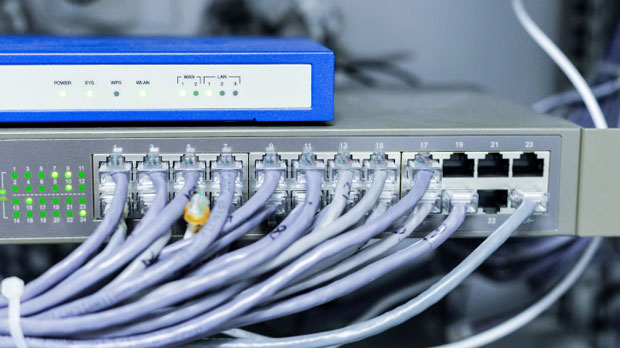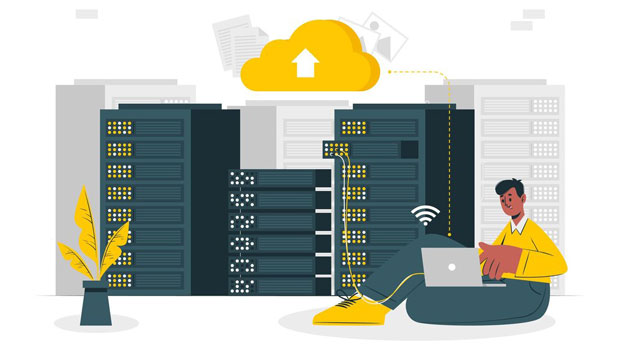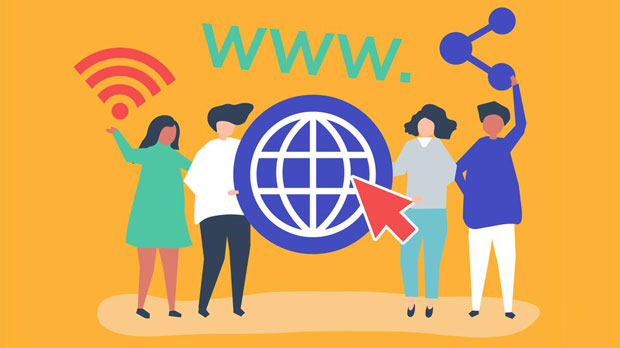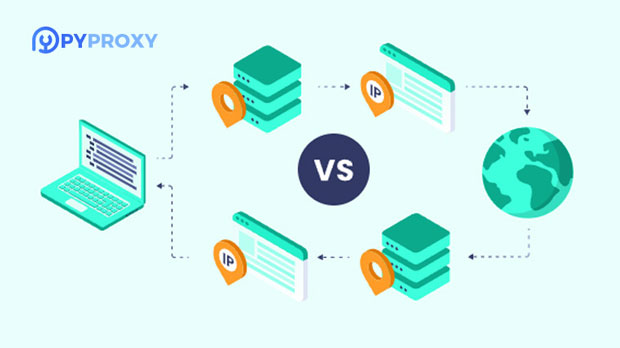When considering proxies for online activities, the decision often boils down to whether to use a free proxy server or a data center proxy. Each option has its strengths and weaknesses, which are important to evaluate based on your specific needs. Free proxy servers offer ease of access and no cost, but often come with limitations such as slow speeds and less reliability. On the other hand, data center proxies are usually faster, more secure, and more consistent but come with a cost. Understanding these differences is crucial in selecting the right proxy solution for your use case, whether for browsing anonymously, bypassing geo-restrictions, or web scraping. Understanding Proxy ServersBefore diving into the comparison, it is important to first understand what proxy servers are. A proxy server acts as an intermediary between the user’s device and the internet. When you use a proxy, your internet requests are sent to the proxy server, which then makes requests on your behalf. This allows users to mask their IP address and can be used for purposes like improving security, accessing region-blocked content, or hiding browsing activity. Proxy servers can be categorized into various types, including free proxies and data center proxies, each designed to serve different purposes.What Are Free Proxy Servers?Free proxy servers are proxies that users can access without paying. They are typically provided by third-party websites and can be used by anyone, often with minimal setup required. These proxies can be useful for users who need a quick, no-cost solution for basic browsing or minor tasks. However, free proxies come with several limitations that can affect their performance.Advantages of Free Proxy Servers1. Cost-Free Access: The primary advantage of free proxy servers is that they are free to use. This makes them a popular choice for individuals who do not want to incur any additional costs. 2. Easy Setup: Free proxies are usually very easy to set up and require minimal technical knowledge. They can be accessed via simple configurations in browsers or through third-party proxy software.3. Basic Anonymity: Free proxies can provide basic anonymity by masking your IP address. For simple tasks like browsing or accessing geo-blocked content, they can be sufficient.Disadvantages of Free Proxy Servers1. Slower Speeds: Free proxies are often slow due to heavy user traffic. Since many users share the same proxy server, the bandwidth is limited, resulting in reduced speeds.2. Security Risks: Free proxies may lack robust security measures. Some free proxy providers may log user data or inject ads, putting your privacy at risk.3. Reliability Issues: Free proxies are more prone to downtimes and often have a higher chance of being blocked by websites, as they are widely used.4. Limited Features: Free proxies typically do not offer advanced features such as rotating IP addresses or the ability to bypass more advanced security measures like CAPTCHAs.What Are Data Center Proxies?Data center proxies, on the other hand, are high-performance proxies typically provided by data centers. They are not associated with an internet service provider (ISP) but rather with a dedicated server located in a data center. These proxies offer faster speeds, higher reliability, and enhanced anonymity compared to free proxies.Advantages of Data Center Proxies1. Faster and More Stable Speeds: Data center proxies are usually faster because they are supported by high-speed servers in data centers. With less user traffic and more robust infrastructure, these proxies can handle larger volumes of data without slowing down.2. Higher Anonymity and Security: Data center proxies provide better anonymity and security. They are not associated with any individual user’s home network, making it harder for websites to detect or block them. Additionally, data center proxies often have better encryption protocols, ensuring a higher level of privacy.3. Advanced Features: Data center proxies usually come with more advanced features like rotating IP addresses, bypassing CAPTCHAs, and handling complex web scraping tasks efficiently. This makes them suitable for professional purposes like web scraping, ad verification, or SEO analysis.4. Consistency and Reliability: Unlike free proxies, data center proxies are highly reliable and consistent in terms of uptime. Businesses and professionals rely on them for mission-critical tasks where interruptions or downtime would cause significant issues.Disadvantages of Data Center Proxies1. Cost: The major downside of data center proxies is the cost. Unlike free proxies, these services are paid, which may be a barrier for casual users. However, for those who need consistent and reliable proxy services, the investment may be worthwhile.2. Detection Risk: Although data center proxies are more secure, they are still detectable by some websites and services. Websites with advanced anti-bot measures may flag or block requests coming from data center proxies, especially if the proxies are used excessively.3. Setup Complexity: While data center proxies are often easy to configure, they may still require a more technical setup compared to free proxies, especially for advanced features like IP rotation or proxy management.Comparing Free Proxies and Data Center ProxiesNow that we have explored the benefits and drawbacks of both free proxies and data center proxies, let's compare the two in more detail.Speed and PerformanceData center proxies offer a significant advantage when it comes to speed and performance. Since they operate on dedicated servers with higher bandwidth, they can handle much larger data volumes, making them ideal for heavy usage like data scraping, bulk browsing, and media streaming. Free proxies, however, often face issues of slow speeds due to the heavy load from multiple users sharing the same proxy server.Security and PrivacyIn terms of security and privacy, data center proxies are superior. They offer better encryption protocols and do not typically log user data, making them safer for activities requiring anonymity. Free proxies, on the other hand, may expose users to risks such as data logging, malware, or man-in-the-middle attacks, as they are often less secure.Reliability and AvailabilityData center proxies are more reliable than free proxies, with a higher uptime and consistent performance. Free proxies, especially those that are overused, can experience downtimes and may frequently be blocked or blacklisted by websites.Cost and AccessibilityThe key advantage of free proxies is that they are available at no cost, which makes them accessible to anyone looking for a simple solution. Data center proxies, however, require a subscription or payment plan, making them more expensive. However, the cost may be justified for users who need professional-level performance.Use CasesFree proxies are suitable for casual users who need to browse anonymously, access geo-restricted content, or perform low-demand tasks. They are not ideal for high-volume activities or tasks requiring a high degree of security. Data center proxies, on the other hand, are better suited for businesses, developers, and professionals who require high performance, security, and scalability for tasks such as web scraping, SEO research, and ad verification.Both free proxies and data center proxies have their place depending on the user’s needs. Free proxies provide a simple, cost-effective solution for casual use, but they come with limitations in speed, security, and reliability. Data center proxies, while more expensive, offer superior performance, security, and reliability, making them the preferred choice for professional and heavy-duty tasks. When choosing between the two, it’s essential to consider your specific needs, budget, and the level of performance required for your activities.
Jun 17, 2025




















































